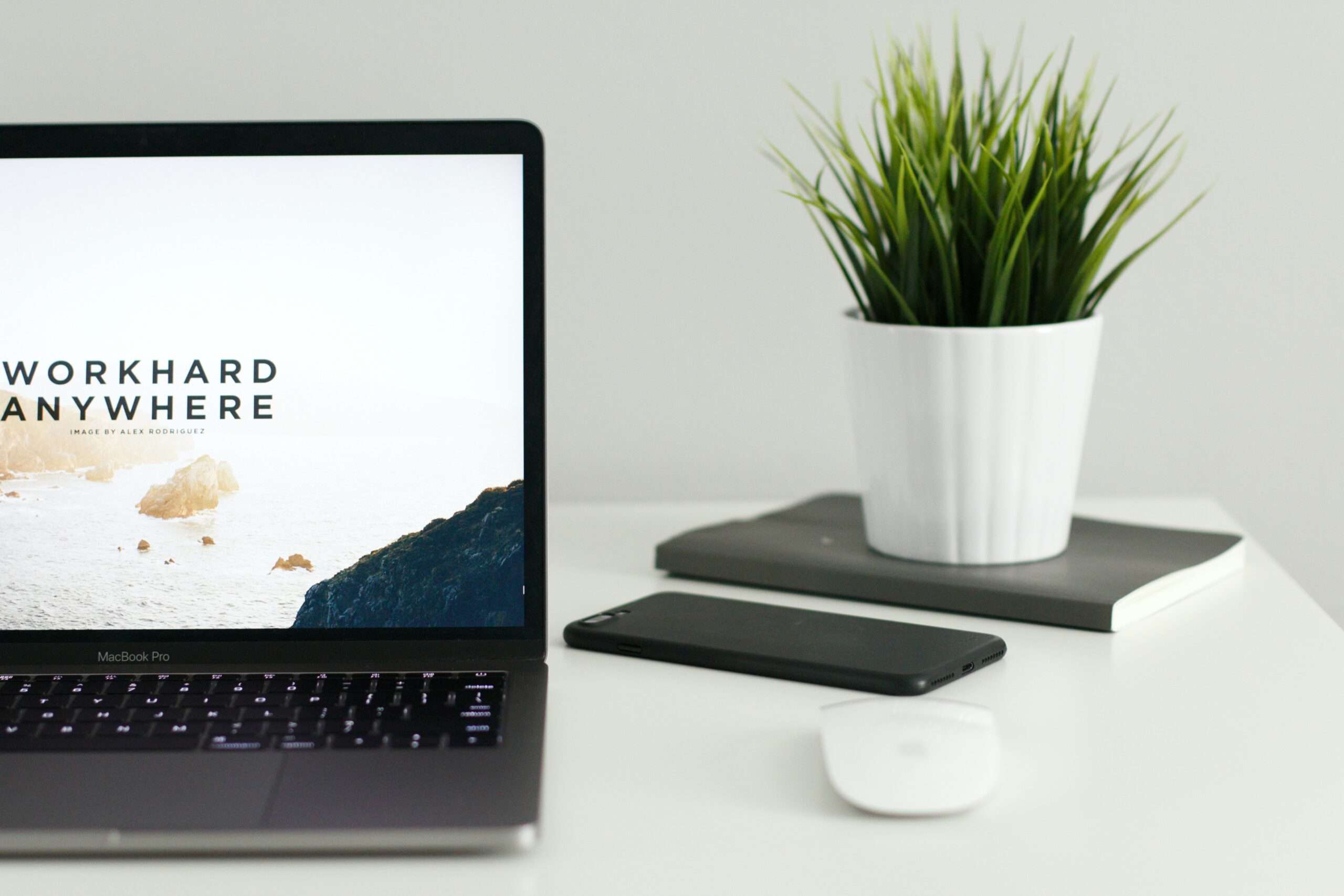Although pandemic restrictions have eased and the economy is gradually reopening, many employees who have adapted to the work-from-home (WFH) arrangements for more than one year are now reluctantly returning to office.
This trend could result in a wave of “The Great Resignation” – that have been taking place in the US.
Under “The Great Resignation” phenomenon, the US Bureau of Labour Statistics revealed that 4.4 million Americans left their jobs as of September, 2021.
According to Professor Anthony Klotz Texas of A&M University, the lockdown measures arising from the Covid-19 pandemic had provided people with the opportunity to re-evaluate their life priorities and career choices.
Some started to enjoy the freedom and autonomy from remote working as they were no longer required to drive or travel via public transport to reach their respective working destinations.
When resuming work in the office, employees will have to wear masks and comply with other set of the standard operating procedures (SOPs) to minimise the risk of getting infected as well as strictly follow the working hours set by the company.
This situation represents quite an adjustment for many employees – after a long period of hiatus from the office environment.
If employees still need to attend physical or virtual meetings after working hours, eventually they could experience burnout – prompting them to quit their current jobs.
But the burnout could actually be traced even to the long working hours in a WFH environment – as another possible reason for people resigning.
Such a scenario is especially applicable to working parents who have to bear parental and family responsibilities such as taking care of children and doing household chores besides fulfilling their employers’ expectations from home.
When employees have to fulfil increasing demands from employers by sacrificing their leisure activities in a WFH environment, they will feel enormous stress, experience compromised quality of sleep and fall into depression.
As such, due to the blurred boundaries between personal and professional life set against the backdrop of a WFH environment, recent surveys by Employment Hero show that employees based in developed countries such as Singapore, Australia, New Zealand and the UK are planning to look for new jobs within the next 12 months.
Based on the study by tech company Kisi, entitled, “Cities for The Best Work-Life Balance 2020”, Singapore ranked the second most overworked city in the world after Hong Kong. Therefore, it is not surprising to know that 59% of employees in Singapore are looking for a new role within one year, according to Employment Hero.
In Malaysia, 61% are planning to look for a new job within the next 12 months – the highest rate compared to Singapore, Australia (48%), New Zealand (50%) and the UK (55%).
Among the top reasons for employees in Malaysia leaving their current employment is a lack of career development (36%), followed by a lack of appreciation or recognition (27%) and a lack of training opportunities (26%). Other factors include not receiving pay rises, management woes, feeling overworked and a lack of flexibility.
In addition, the Employee Movement and Retention Report published by the Employment Hero in September 2021 indicated that 81% of Gen Z in Malaysia (aged 18-24) were planning to change jobs within the year, followed by 68% of Millennials (aged 25-34).
The “job-hopping” behaviour among Gen Z and Millennials is a worrying trend as employers often have to find new replacements at least every two years to fill job vacancies. If they hire fresh graduates with a lack of working experience, more costs are incurred in training new hires.
As many of the Gen Z and Millennials are armed with a tertiary qualification and more technologically savvy, employers should aim to better understand their behaviour and distinctive needs by:
- Providing a checklist for the Gen Z and Millennials to cross-check their goals and responsibilities to be done during their first day at work, the first or orientation week, the first month or even for the next three months, for instance.
Employers should assign supervisors whether someone from management or even a senior employee to guide and mentor new employees through experience-sharing and on-the-job training.
- Encouraging open communication. Companies could organise Q&A sessions involving management and staff at least twice a month, giving employees the chance to ask questions and share their ideas during townhall meetings.
- Being open to employee feedback on their work expectations. Managers could organise one-to-one conversations to check how employees feel about the current company culture and review their job roles to support their pursuit of happiness and job satisfaction.
Companies that are open to employee needs, ideas and opinions would establish a productive and a more cohesive working environment. Employees will also feel valued and appreciated at work.
- Reinforcing existing organisational culture and a sense of clarity and purpose.
The company could explain how the presence of Gen Z and Millennials as new employees makes a difference for the team through success stories. The seniors also could share their failure stories and show how failure could help the company to move forward and achieve success.
- Showing trust and support for new employees to make decisions, allowing a shift of project ownership from the manager to the employee so that the latter have more control over their time management and task responsibility.
Managers could demonstrate the “SOPs” of completing the project and equip new employees with the necessary tools and resources to succeed.
- Providing rewards (e.g., small salary increments or bonuses) in recognition of individual accomplishments, encouraging employees to stay curious, be innovative and proactive in contributing ideas to the company.
- Providing mental health guidelines such as mental health literacy, coping skills and help-seeking pathways, assisting employees in adjusting to the workplace environment in a “post-pandemic” world.
While companies are trying to improve young employee satisfaction by rethinking their company culture and values, the government also need to do their part to retain Gen Z and Millennial talents in the country.
The following are the job retention policies for the government to consider:
- Working with the private sector to foster and forge a work environment that matches the ideals and aspirations of Gen Z and Millennials.
For example, the government could work with the private sector to provide tax incentives for companies and businesses that have in-house psychologists and provide extra-occupational facilities like gyms and snooker rooms, etc.
The government could also partner with the private sector to match labour market demand expectations with that from the labour market supply.
Meaning the government through the joint-collaboration between the Ministry of Human Resources (MOHR) and Ministry of Youth and Sports (KBS) could help raise awareness and improve the attitudes of the private sector on setting up enhanced working conditions, including via the deployment of digitalisation, Internet-of-Things (IoT) and the 4IR. This given that Gen Z and Millennials are supposed to be digital “natives”.
And keeping young people in the formal economy calls for initiatives that make them less likely to seek money-making opportunities through informal activities.
There is a policy balance, therefore, to be struck between the formal and gig economy in providing employment opportunities and job satisfaction for the Gen Z and Millennials. We need to ensure that the ratio is or remains in favour of the formal economy.
- Ensuring that the technical and vocational education and training (TVET) and higher educational institutions cater to the needs of both industry and the Gen Z and the Millennials.
This requires the involvement of the Department of Skills Development (DSD) of MOHR together with the Ministry of Higher Education (especially the Department for Planning and Policy Research) in organising forums, townhall meetings, workshops and roundtable discussions among the stakeholders.
Whilst industry needs are important and indispensable, the expectations and aspirations of the Gen Z and the Millennials need to be included in the “feedback loop”.
This is because the “worldview” and real-world environment of Gen Z and Millennials should also be an integral part of the curriculum/training and course design to meet the evolution and transformation in the economic value chain, particularly in relation to the creation of jobs of the future.
When both companies and government in Malaysia emphasise the talent development of the Gen Z and Millennials, they would be able to retain skilled young employees – preventing massive talent outflow from the country.
Amanda Yeo is Research Analyst at EMIR Research, an independent think tank focused on strategic policy recommendations based on rigorous research.
The article was first published here.
Photo by Clem Onojeghuo on Unsplash.

 3.0
3.0 





















